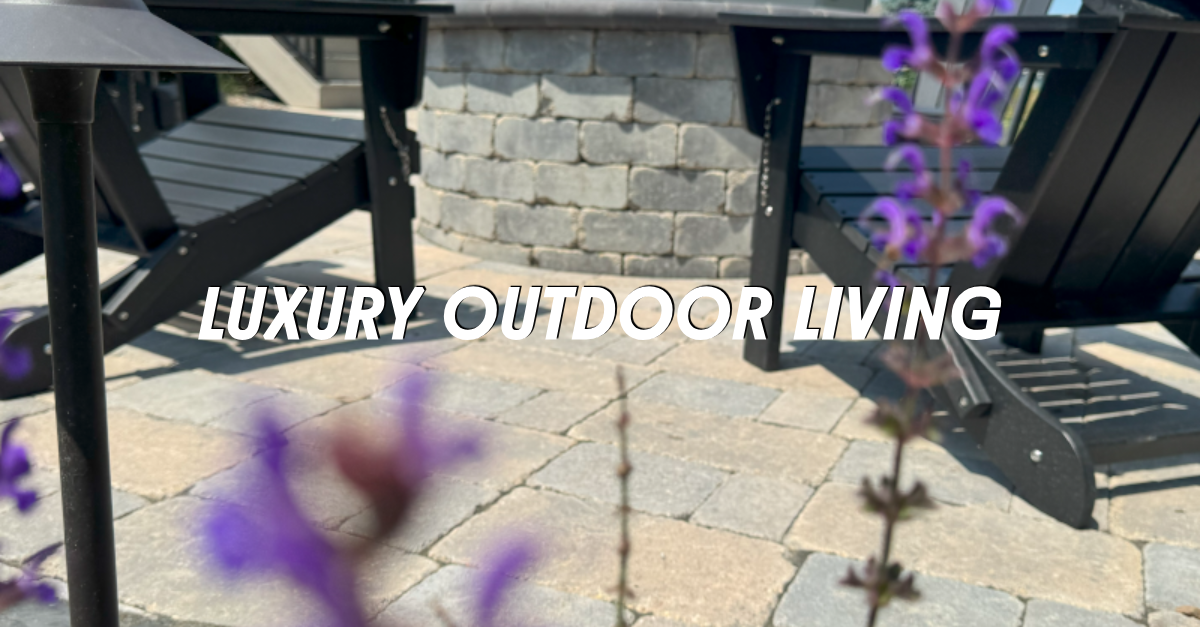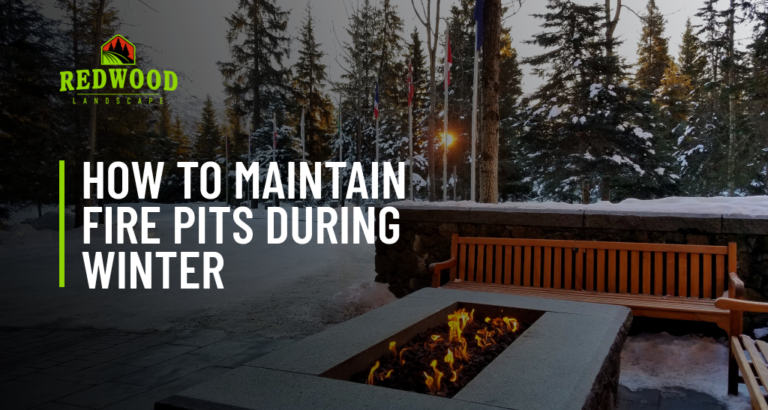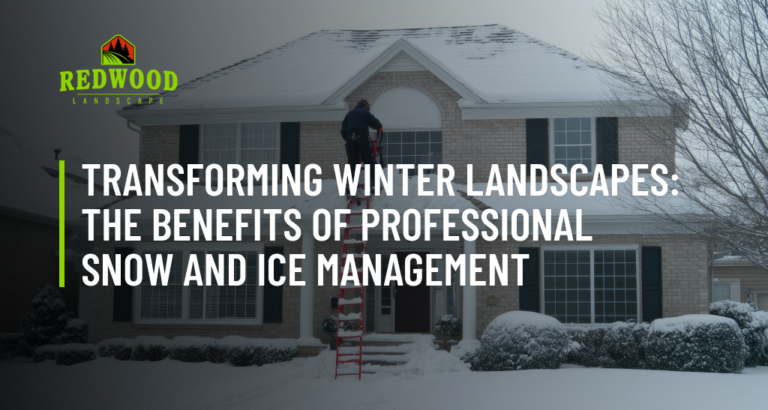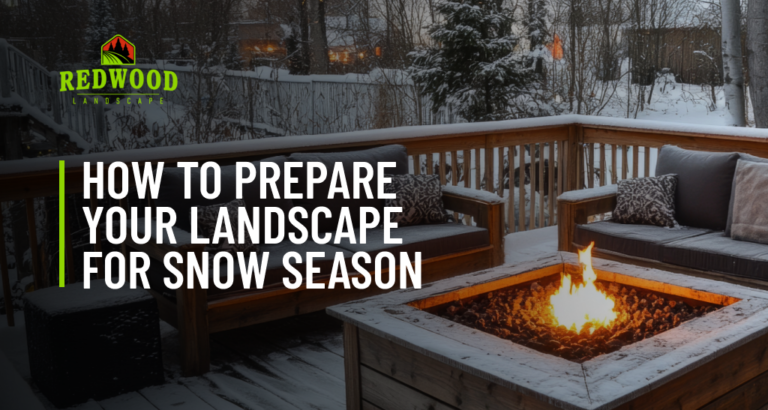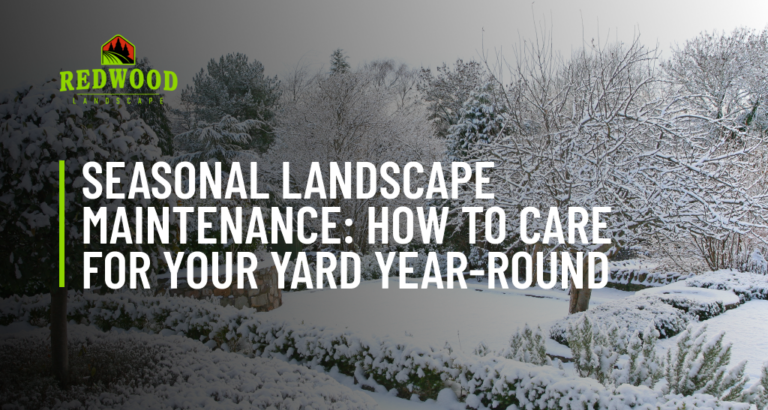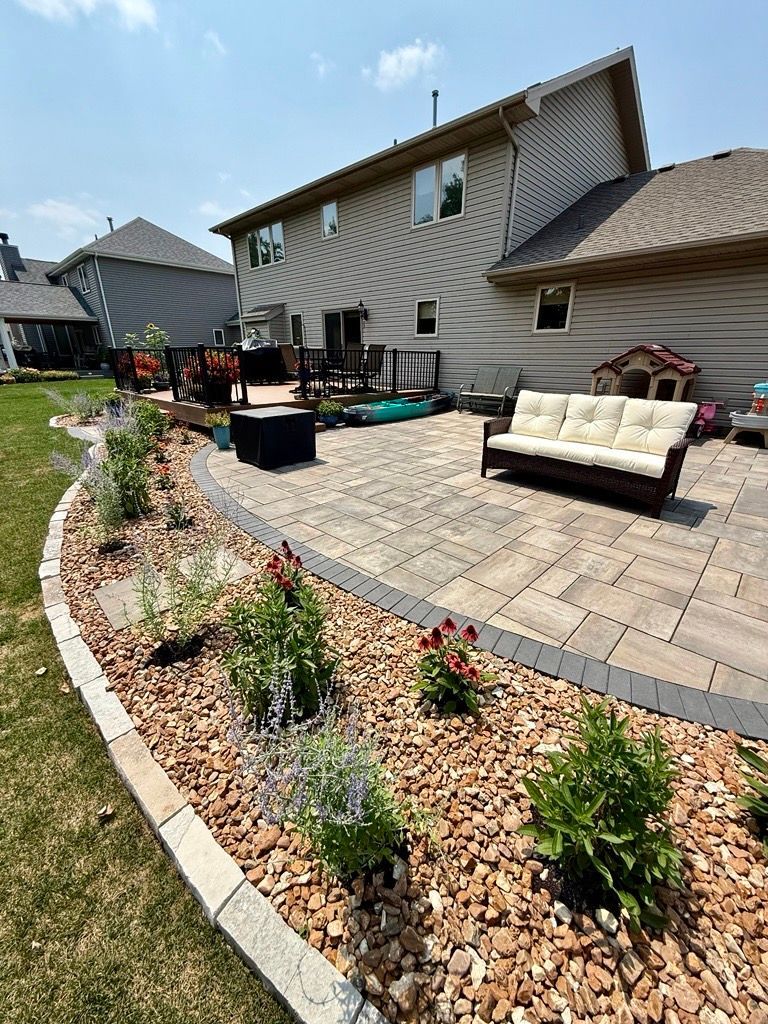Retaining Wall Solutions: How to Solve Common Landscaping Challenges
By marketing@redwoodlandscapenwi.com | September 19, 2024
Is that pesky slope in your backyard ruining your outdoor oasis dreams? Or perhaps erosion is slowly chipping away at your precious landscape? Fear not, for the solution might lie in a sturdy and stylish retaining wall.
These landscaping can transform uneven terrain, prevent soil loss, and even add a touch of elegance to your outdoor space.
Let’s explore how retaining walls can tackle your landscaping challenges and transform your yard to new heights.
Your Landscaping Needs
Before you start planning your retaining wall, it is important to assess your property’s unique challenges and identify the primary function of the wall.
Do you need to control erosion on a steep slope? Create a level area for a patio or garden? Or simply add a touch of style to your landscape?
Figure out this, first!
Types of Retaining Walls
There are many different types of retaining walls to choose from, each with its own advantages and disadvantages. Some of the most popular options include:
- Stone retaining walls: These are durable and natural-looking, but they can be expensive to install.
- Brick retaining walls: Brick walls are also durable and attractive, but they can be more susceptible to cracking than stone walls.
- Concrete retaining walls: Concrete walls are the most affordable option, but they can be less attractive than other materials.
- Wood retaining walls: Wood walls are a more sustainable option, but they require more maintenance than other materials.
- Gabion retaining walls: Gabion walls are made of wire baskets filled with rocks and are a good option for areas with high water flow.
Design Considerations
When doing your retaining wall design , it is important to consider the height and length of the wall, as well as the overall landscape design.
You should also consider the drainage and water management system to ensure that the wall does not cause flooding or erosion problems.
Common Landscaping Challenges and Retaining Wall Landscaping Solutions
Retaining wall landscaping can be used to solve a variety of common landscaping challenges, including:
- Erosion control: Retaining walls can help to prevent soil erosion by creating a barrier to hold the soil in place.
- Slope stabilization: Retaining walls can be used to create stable terraces on steep slopes, making the land more usable.
- Creating level areas: Retaining walls can be used to create level areas for patios, gardens, and other outdoor living spaces.
- Addressing drainage issues: Retaining walls can be used to help manage water runoff by directing it away from the foundation of your home.
- Privacy and noise reduction: Retaining walls can be used to create a sense of privacy and reduce noise pollution.
Installation and Maintenance Tips
Retaining wall landscaping requires proper installation and maintenance to ensure its longevity. Some essential tips include:
- Proper drainage: Ensure that the wall has adequate drainage to prevent water buildup and erosion.
- Backfilling: Backfill the area behind the wall with well-compacted soil to provide support.
- Regular maintenance: Inspect the wall regularly for signs of damage and repair any cracks or damage as soon as possible.
Additional Tips
Here are some additional tips for selecting and installing a retaining wall landscaping:
- Consult with a landscaping professional to get expert advice on the best type of retaining wall landscaping for your needs.
- Consider the climate and soil conditions in your area when choosing a retaining wall material.
- Get permits and approvals from your local municipality before starting retaining wall construction .
- Follow the manufacturer’s instructions for installation and maintenance.
Conclusion
Carefully considering your property’s unique challenges and selecting the right type of retaining wall can really transform your outdoor space into a functional and aesthetically pleasing oasis.
Remember, a well-designed retaining wall is not just a structural element but a key component in enhancing your property’s overall appeal and value.
For complex or extensive projects, it’s always advisable to consult with a landscaping professional who can provide expert guidance and ensure optimal results.
Have you ever utilized retaining walls in your landscaping projects? What challenges did you overcome with their implementation? Let us know in the comments!
FAQs
Q1: How much does a retaining wall typically cost?
A: The cost of a retaining wall varies widely depending on factors such as materials, size, labor, and local market conditions. Generally, stone and brick walls are more expensive than concrete or wood. It’s best to obtain quotes from multiple contractors to get an accurate estimate for your specific project.
Q2: Do I need a permit to build a retaining wall?
A: Permit requirements vary by location. It’s essential to check with your local building department to determine if you need a permit for your retaining wall project. Permits help ensure that your wall meets safety and structural standards.
Q3: How do I choose the best materials for retaining walls?
A: Selecting the right material depends on several factors including budget, durability, aesthetics, and the specific challenges you’re addressing. Consider the climate, soil conditions, and the overall style of your property. If you’re unsure, consulting with a landscaping professional can provide valuable insights.
